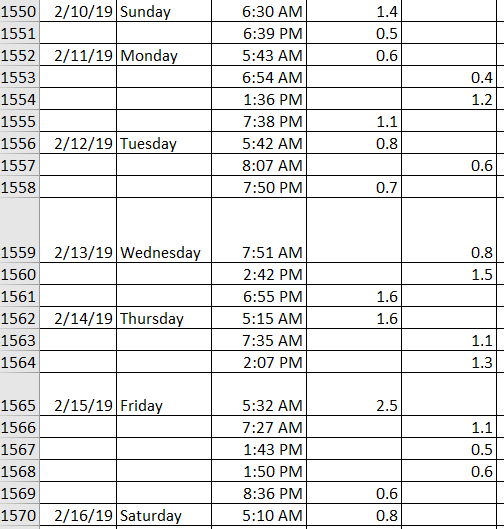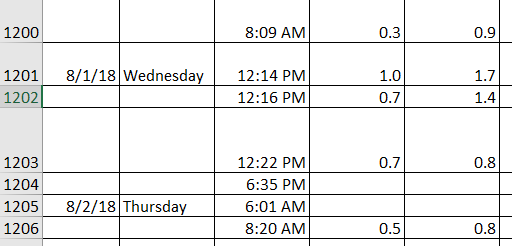I am really confused at this point… I’ve heard multiple studies talking about the danger of Artifical sweetners and how they can kick you out of ketosis. I only use Erythritol and Stevia for things like pancakes and chocolete and that’s honestly it. So today I thought I’m going to test my levels.
My last salad meal was around 14:00 pm and I give you my numbers below:
19:15: Ketones: 0.6 mmol and Glucose 3.5
I ate right after testing and did my first test 1 hour later
20:15: Ketones 0.9 and Glucose 4.0
Here is the Recipe:
- 1 cup [Wholesome Yum Blanched Almond
- 1/4 cup [Wholesome Yum Coconut Flour]
- 2-3 tbsp [Erythritol]
- 1 tsp [Baking powder]
- 5 large Egg
- 1/3 cup [Unsweetened almond milk]
- 1/4 cup [Avocado oil]
- 1 1/2 tsp [Vanilla extract]
- 1/4 tsp [Sea salt]
I further used some more Maple keto syrup.
How can my ketone level increase after eating?



